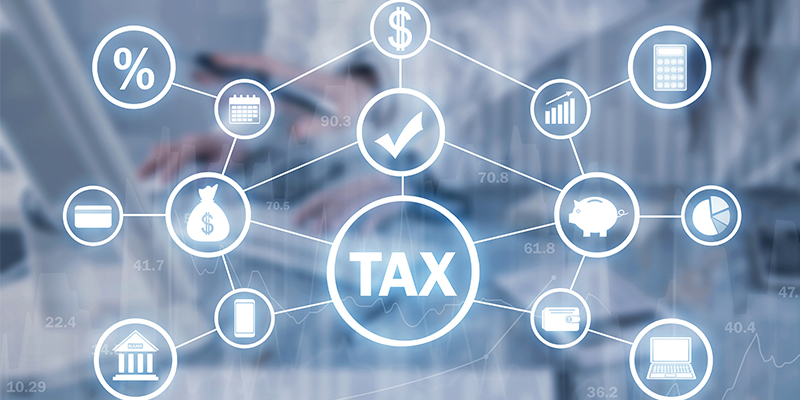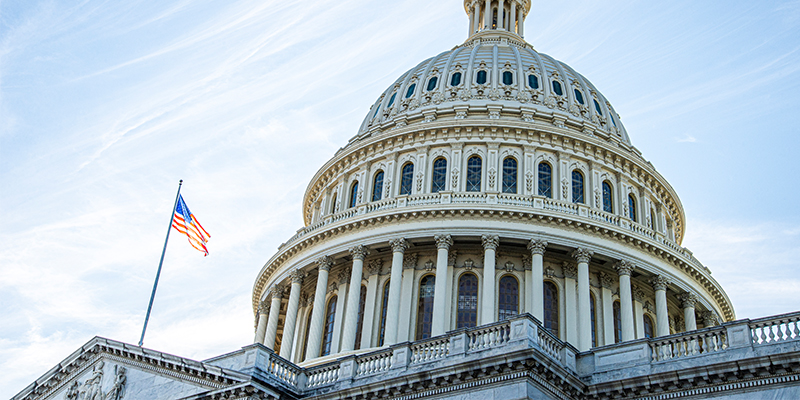Every local government in the United States is required to operate under a balanced budget where incoming revenues equal outgoing expenditures. The National League of Cities has referred to these local budget as “political instrument(s)” that governs public policy priorities, funds government services and programs, sets spending limitations and establishes a level of transparency and accountability in applying revenue.
The source of local revenues can vary by city and county based on economic conditions, fee structure, property assessments and other revenue-generating methods. The Urban Institute released an initiative that provides a summary of state and local revenues prior to the pandemic. Their review of the 2018 US Census Bureau Summary of State and Local Government Tax Revenues found property taxes generated the most general revenue, with the exception of transfer funds coming from federal and state governments. Specifically, the summary showed the following breakdown of local general revenues:
- Property Taxes – 30%
- Charges (water, sewage, parking fees for instances) – 18%
- General Sales and Gross Receipts Taxes – 5%
- Miscellaneous (sale of property, interest from investments) – 5%
- Alcohol, Motor Fuel and Tobacco Products – 2%
- Individual Income Taxes – 2%
- Other (city hotel tax, restaurants for instance) – 2%
- Transfers – 35%
- Federal Government – 4%
- State Government – 31%
While transfer revenue from the state and federal government may contribute the most, they often come with strings attached or for a dedicated purpose or project. Property taxes are the largest source of revenue that remains, for the most part, under the direct control of local governments. The transfer revenues may also be subject to fluctuations based on the policies and politics emanating from Capitol Hill and within state capitols.
The COVID-19 pandemic has impacted local revenues as stay-at-home orders and business restrictions were imposed. Revenues within cities from certain sectors of the economy, such as tourism, hospitality, restaurants, retail and the entertainment industry, were certainly lower. However, the Reason Foundation believes the decline in revenues remained “modest” in most cities because of their reliance on property taxes, which are shielded from economic slowdowns. The surge in the collection of sales taxes from online purchases may also have assisted in balancing revenue shortfalls related to loss economic activity.
The federal government has stepped in, as well, to provide additional aid to local governments during the pandemic. According to the White House, the federal government disbursed $829 billion in aid to state, local, tribal and territorial governments last year. This aid was followed up earlier this year with the passage of the American Rescue Plan Act, which provides states and local governments with another $350 billion in federal funds. Out of the $350 billion, cities and counties received $110.7 billion to support local relief efforts and to stimulate economic activity.
Some may characterize these federal funds as a windfall for local governments to expand government services and programs, both related and unrelated to the pandemic. The question for local governments becomes, once the one-time infusion of federal funds is obligated and spent, whether to continue or reduce the expanded services and programs. It will be both a public policy and political question that will include raising taxes, particularly property taxes, to supplement the federal dollars.
The commercial real estate industry doesn’t vote so the concern is that the industry will be targeted for property tax increases by local governments in order to backfill the depleted federal dollars. The concept of singling out and increasing property taxes only on commercial real estate over other properties is commonly referred to as split roll.
To be clear, the debate on raising property taxes is not predicated or driven by the pandemic or the loss of federal aid. It can occur at any time. A ballot initiative for 2022 has been filed with the California Attorney that, if adopted, would place a 1.2% surcharge on all properties – residential, multi-family and commercial – with assessed valuations over $4 million. The revenue raised from this initiative, known as “Housing Affordability and Tax Cut Act of 2022”, would go towards raising property tax exemptions and providing “comparable” tax relief to income-qualified renters within the state. Although California voters may have rejected Prop. 15, a split roll effort to lift property assessment protections for CRE, last year, proponents are arguing in this one for more equity in the state’s housing market.
Property assessments and tax increases will continue to be a central part of the discussion as a source of revenue to fund government services and programs. Commercial real estate and the private sector will need to remain engaged and at the table with policymakers to ensure a fair and balanced approach that avoids unintended consequences of hindering economic development and job creation.














